NO MATTER YOUR VISION.
WE GUIDE YOU
WE GUIDE YOU
For over 30 years, Veldhoen + Company has developed and implemented new ways of working for forward-thinking organisations.
5 min read
Blog Title
Based in the Netherlands, Marco van Gelder is a man with many hats. In addition to being a Senior Consultant and Global Research and Data Lead with Veldhoen + Company, he is also a Krav Maga practitioner, Marathon Des Sable finisher, and professional outdoor survival guide. As part of our inaugural Life at V+C series, we chat with Marco van Gelder, discovering what inspires him, and the role data plays to help workforce and organisations thrive.
Connect with Marco on LinkedIn.
V+C: Hi Marco, please introduce yourself to our readers.
Marco: I live with my family in Haarlem, Netherlands, a beautiful city where we enjoy many of the social activities the city has to offer. I deeply enjoy challenging sports. I’m a Krav Maga practitioner and ran the Marathon Des Sable in 2022. I’m also a professional outdoor guide for people interested in exploring the backcountry in a low-tech way – no phones, tents, and the creature comforts we’re used to. We’re learning survival skills in the wilderness and spending time with nature.
I previously worked in the telecom and IT industry for over 10 years as a business consultant and advisor to the CHRO, where I was responsible for the strategic programmes around workplace innovation. During that time, I learnt of V+C and its reputation as a top consulting firm. Now that my children are grown, I wanted to return to my roots of international work and consultancy; with all my knowledge and experience, the match with V+C was quickly made.
V+C: Can you tell us a little bit more about your work at V+C, and what's your area of focus for research and data?
Marco: As a Senior Consultant, I work closely with clients in the EMEA region during the initial project phase, setting the project scene with strategic analysis, bringing the team together and working on data assignments to develop a workplace strategy.
Like the rest of the world, our business at V+C was disrupted during the pandemic. Today however, we engage with new stakeholders across HR, corporate communication, and business leaders who are all experiencing different challenges in their business. This can range from employee engagement to needing a more agile workplace to support new ways of working and more. As founders of activity based working, V+C created the business strategy over thirty years ago and is no stranger to flexible ways of working.
What I want to bring to the table as the Global Research and Data Lead for V+C has two prongs:
Firstly, hybrid work existed before the pandemic, but has grown to a uniquely large scale since then. It's an exciting time. New patterns around the way we work are constantly emerging and bringing new questions to the table. Research is crucial for us to understand what’s going on in organisations and to fuel our consultants with more knowledge about its impact.
Secondly, the same is true for data. We work with specific data sources through various surveys, and the use of data varies with stakeholders. A thorough understanding of data enables us to build relevant products for our consultants. Take how we use Microsoft Teams for example – we can make appointments within the same company across different time zones. This data was previously unavailable pre-pandemic.
Now, we can leverage this information source to better understand an organisation’s social structure and make informed decisions on how we approach the new ways of working, the interventions that need to be in place to ensure people are truly engaged, and creating an environment that encourages inflows of innovative ideas. All these variables help to keep an organisation healthy from both a people perspective and a business perspective.
We are currently working with a car manufacturer to analyse the social patterns between the different layers and organisations, and the different tenures across age groups between departments and outside the organisation. This fundamental understanding is a crucial step for the client to meet their aspiration when transforming from a car company to an automotive company. As the experts in the ways of working, we present them with a picture of their current situation and recommend the interventions required to move forward and meet their goals.
V+C: What inspires you?
Marco: During the pandemic, I worked with a client who was keen to adopt activity based working. Through our conversations, we learnt that the senior leadership was not on the same page and had differing views. This is a widespread problem we experience with clients who want to explore either more flexible ways of working or activity based working, with one of the most common issues being saying goodbye to private offices!
Following a deep dive, we were able to align different views into one single vision. As a result, we implemented the changes and the organisation thrived again.
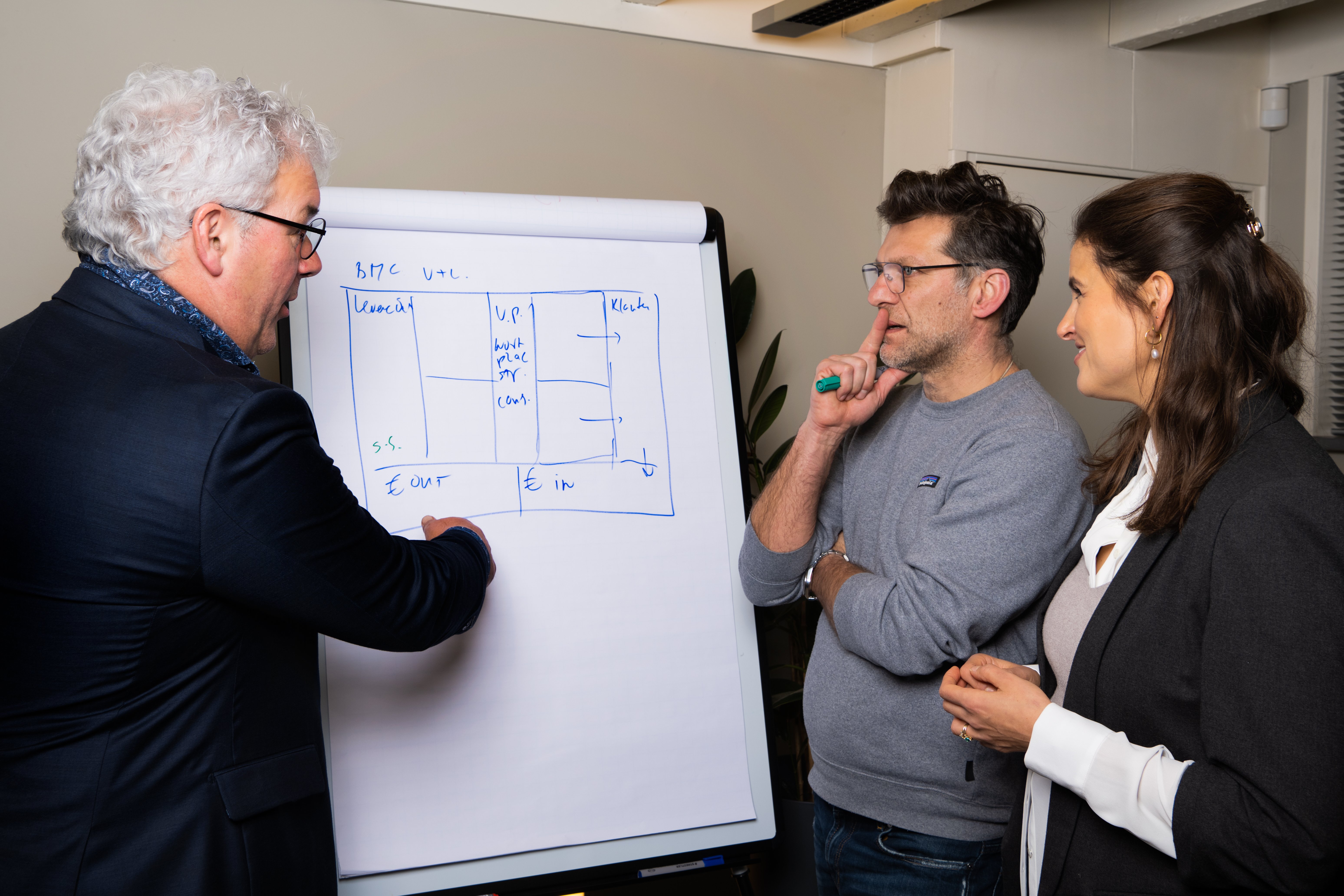
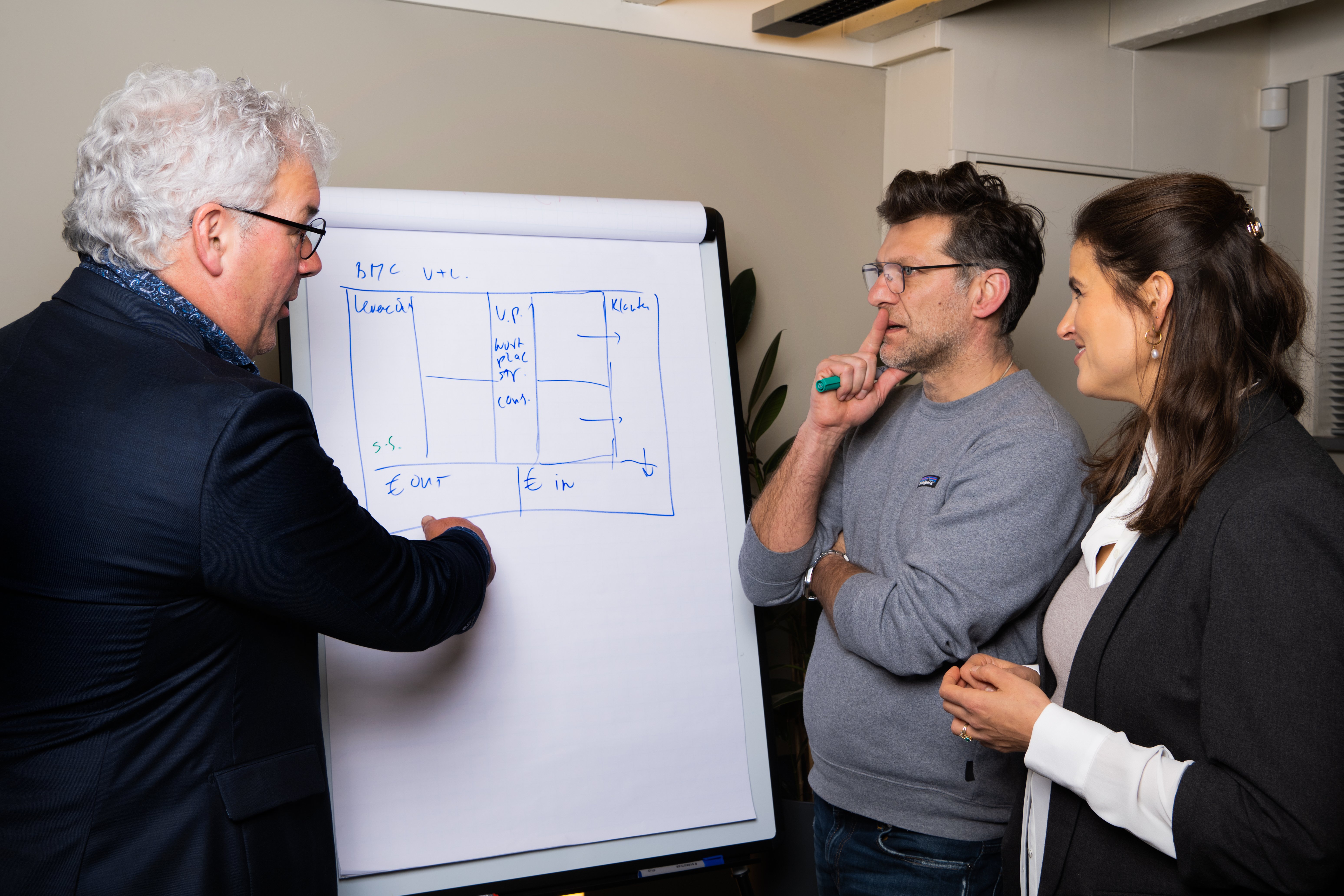
The part I find most magical is actually being in the field. Talking to people to understand their business needs, finding the real pain points, discovering a solution, and seeing it all come together to build the future of work. This is what’s really exciting.
V+C: How can organisations use data to formulate their hybrid work strategies?
Marco: To do this, we first need to make a distinction between strategy design and strategy execution. Often, a hybrid work strategy is designed on a drawing board based on gut feelings and subjective opinions. Data gives employees a voice in the discussion and shows the reality. It also measures the success of a strategy execution and offers insights onto what needs to be adjusted going forward.
People are using all these buzz words – we need to innovate more, we need to do something that’s strategy etc, but these are just huge container sentences. If we look at two strategic angles – one for internal organisation, the other for external organisation, what emerges is also strategy in a way of design. It’s more important for leaders to focus on identifying what they want to achieve, finding a way to structure the process towards achieving the goal, and developing tools to evaluate the results of strategy execution or implementation to find out if the plan is working. Only then, will organisations be able to realise their strategic outcomes.
In the case of hybrid working, there are additional layers of consideration. Firstly, is the management supporting their employees and keeping them involved in the decision-making process? Next, what are the knowledge socialising processes in place for all employees to be on the same page, moving towards the common goal? Unfortunately, these are rarely taken into consideration as senior leadership mostly formulate their strategy based on their opinions alone. It’s important to remember that every strategy starts with people, only then it will lead to success.
V+C: What tools would you recommend companies utilise to gain deeper organisational insights?
Marco: Tools are one side of the coin. It’s about what you want to achieve and who wants to solve the problem. Based on that, you determine which tools are the best in a situation.
V+C offers a Utilisation and Ethnographical Study which gathers data to assess the effectiveness of the workplace concept. The Utilisation Study seeks to view the patterns of space occupancy and understand how the spaces are being used for both individual activities, group activities, and the types of technologies being used.
The Ethnographic Study uses qualitative data gathering to identify cultural themes and how people interact with the workspace and with each other. These data-gathering exercises are derived from a “grounded theory” research approach to first gather data without a pre-determined hypothesis. Through the research analysis, we then develop a holistic integrated solution to address it.
Microsoft’s Organisational Network Analysis (ONA) is also an extremely informative tool we’ve used to help understand patterns of collaboration by examining the strength, frequency, and nature of interactions between people in organisations. As Chantrelle Nielsen, Group Product Manager of Microsoft, shared in our recent interview, network patterns inside companies that make lists like Forbes’ innovation ranking vastly differ from industry peers that do not make the list. By analysing the weak ties in an organisation, we could potentially cultivate and identify “newness”, and discover opportunities that allow companies to innovate and grow better.
V+C: What are your views on Artificial Intelligence (AI) and its impact on the workplace?
Marco: An interesting perspective will be how AI can positively affect the way we work. The environment we work in will be increasingly AI-enabled. Most of us are familiar with the prompts we get from our email system when we forget to add an attachment or to autocomplete our sentences in emails. AI can function as a very smart digital personal assistant to support in our work.
In March 2023, Microsoft announced the Microsoft 365 Copilot, a next generation AI that combines the power of large language models (LLMs) with your data in the Microsoft Graph and the Microsoft 365 apps to turn language prompts into a powerful productivity tool. Alongside the many existing and emerging AI tools in the market, AI has transformed and will continue to transform the way we work.
Moving forward, we will talk more about the workspace than the workplace. Hybrid working has made the digital workplace increasingly important, and AI will play a progressively important role in this.
It will soon be clear who works where; allowing everyone to make conscious decisions on whether to work from home or seek social interaction in an office. We may find that the choices we make on a collective level are suboptimal, such as all going to the office on a Tuesday. With AI, we can look at the different preferences at personal and team levels, and for the desired in-team and cross-team collaboration given the constraints of the office. That way, AI helps us with making better choices.
Marco research on difference instances of workplace innovation as part of his PhD program. Click to download his most recent publication “Wellbeing in line managers during mandatory working from home: How work and personal factors combine”.
Connect with Marco on LinkedIn for his latest updates on research and data in the workplace.

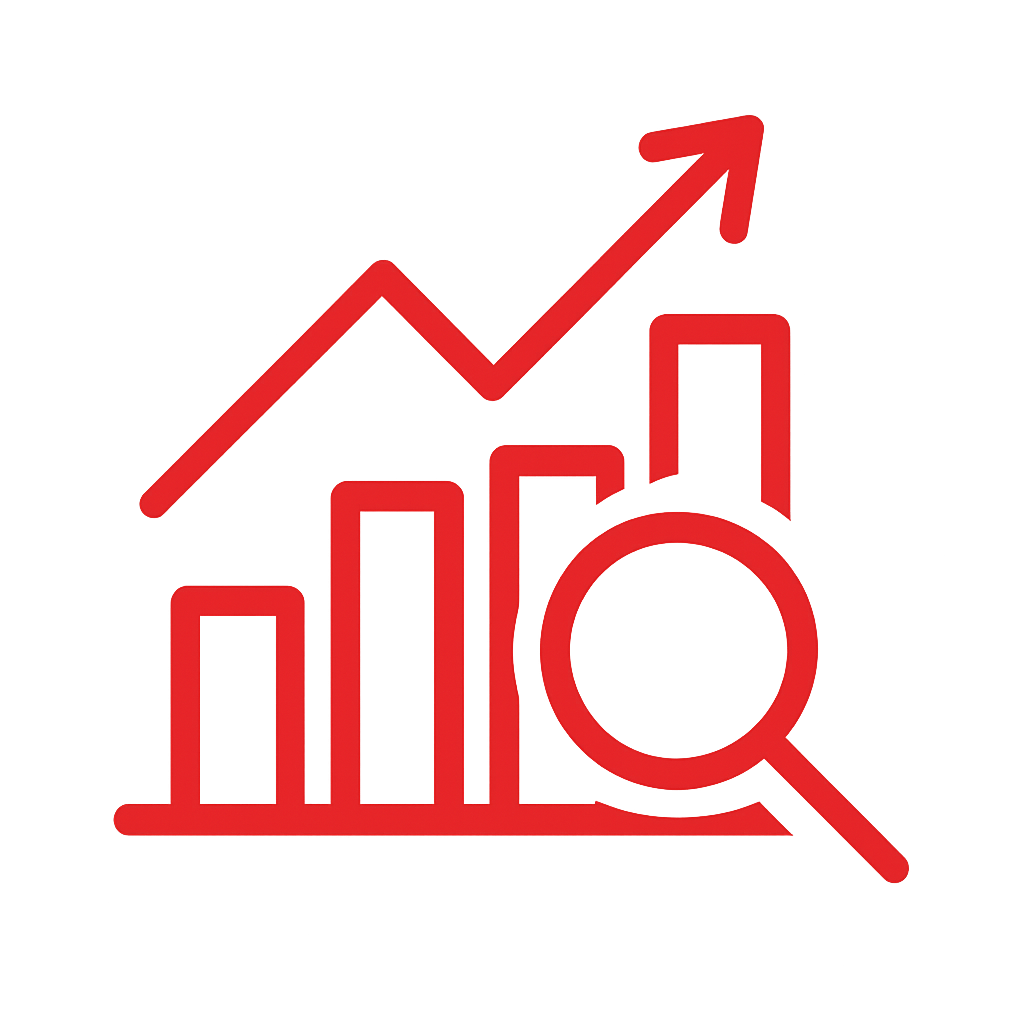
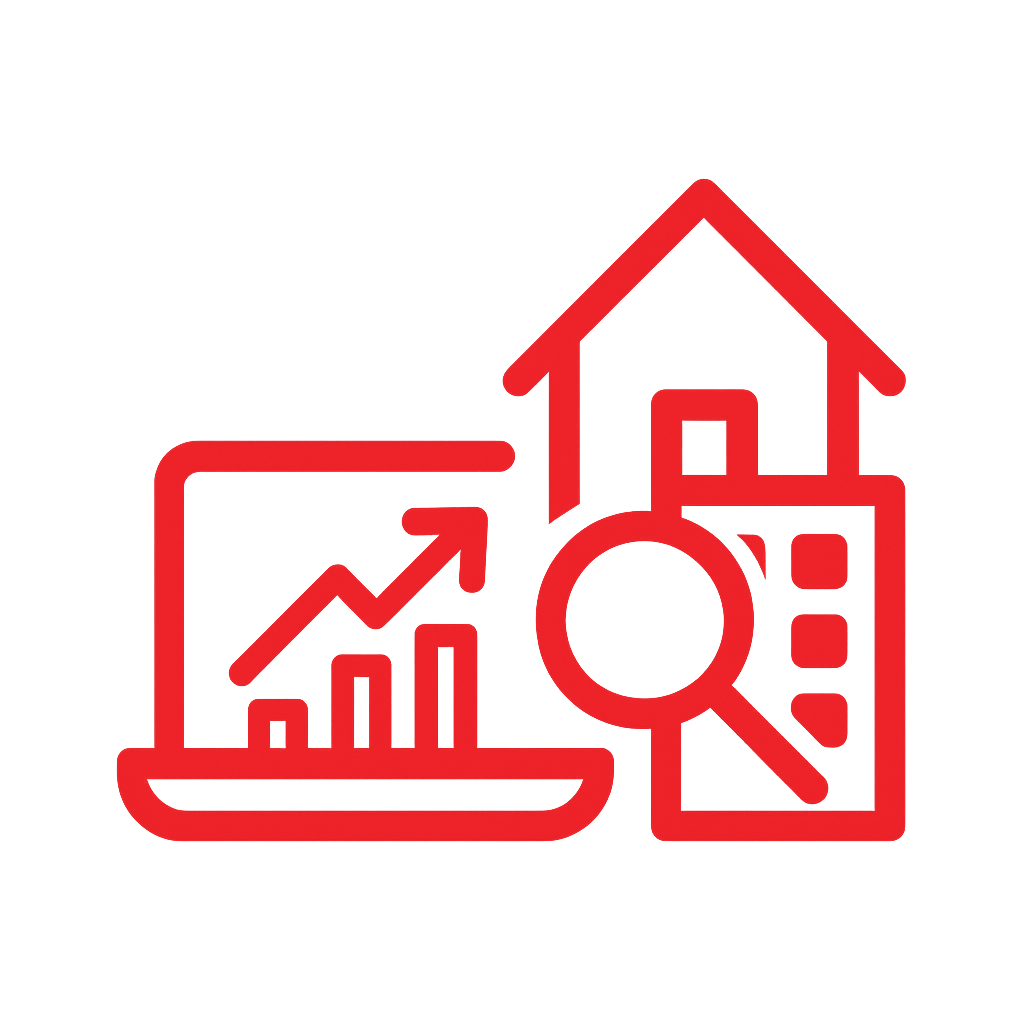
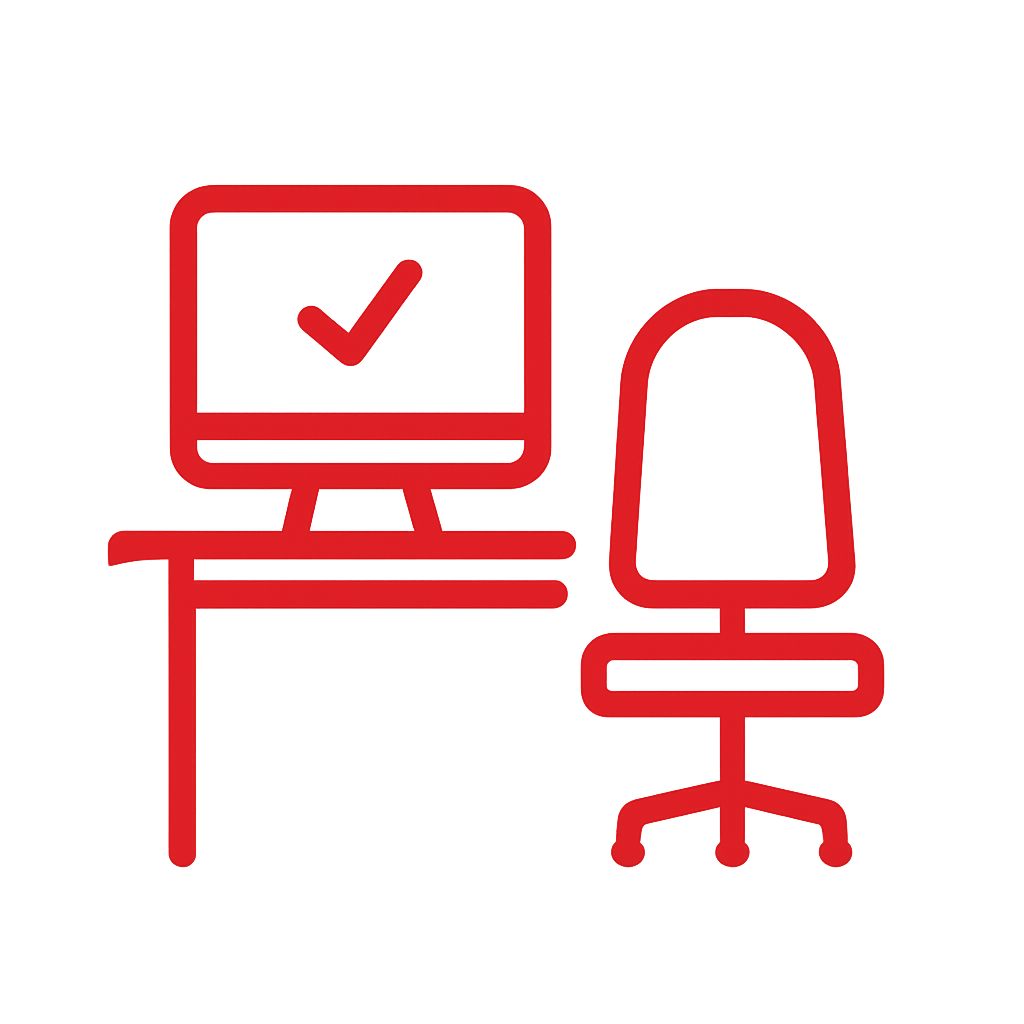


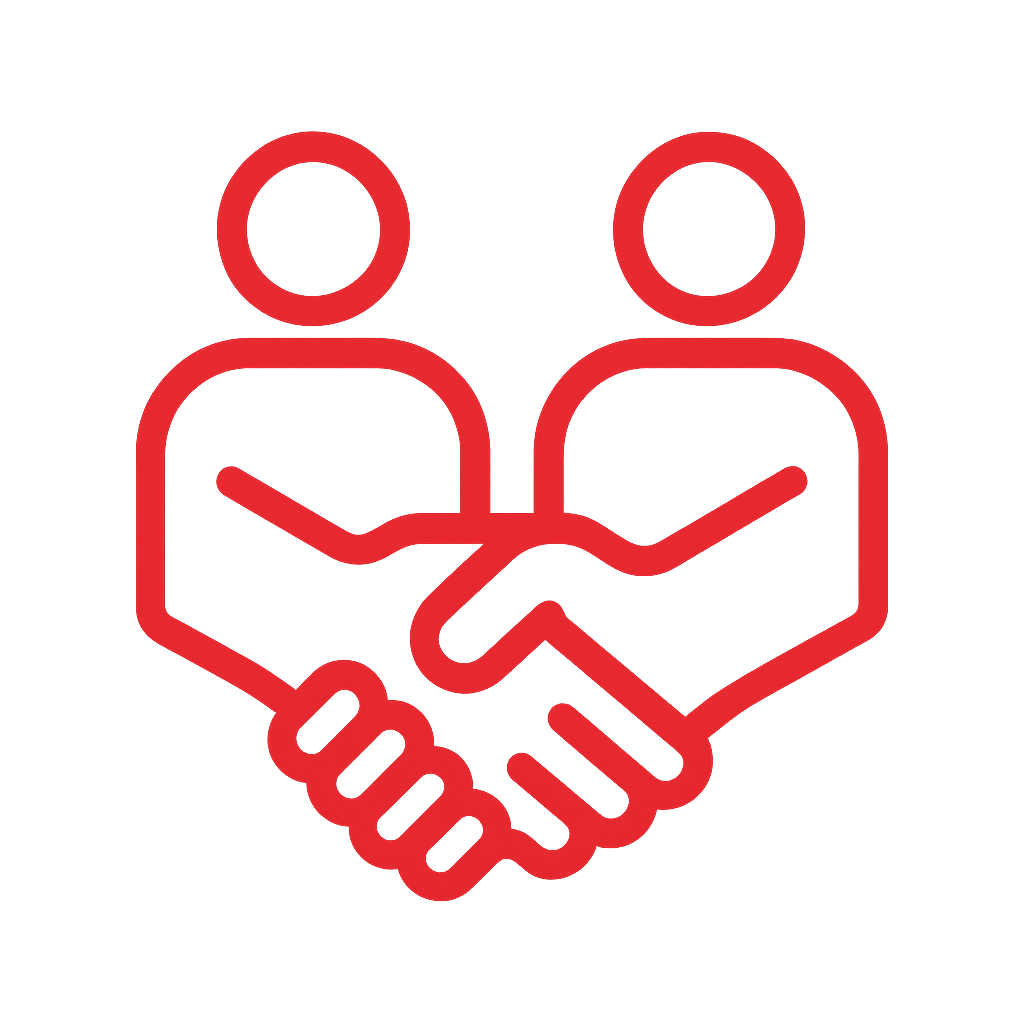

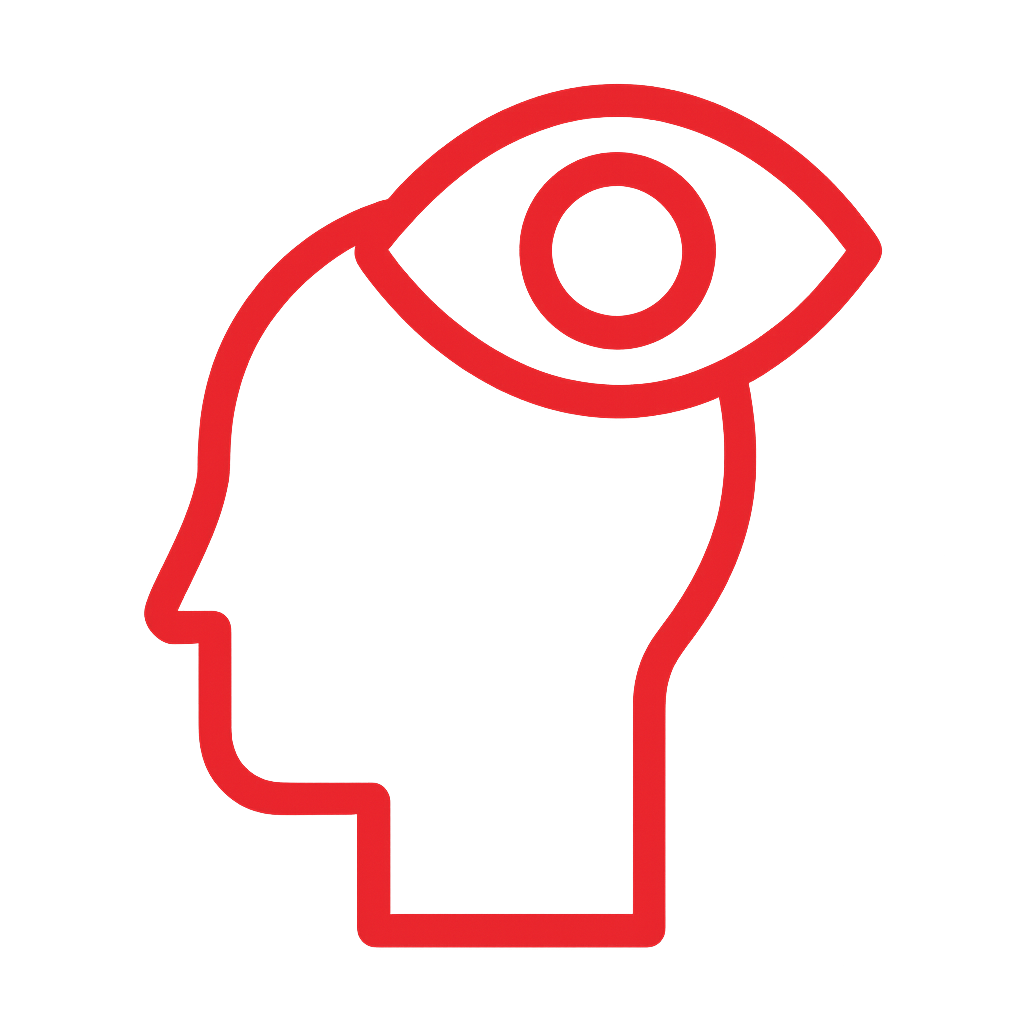

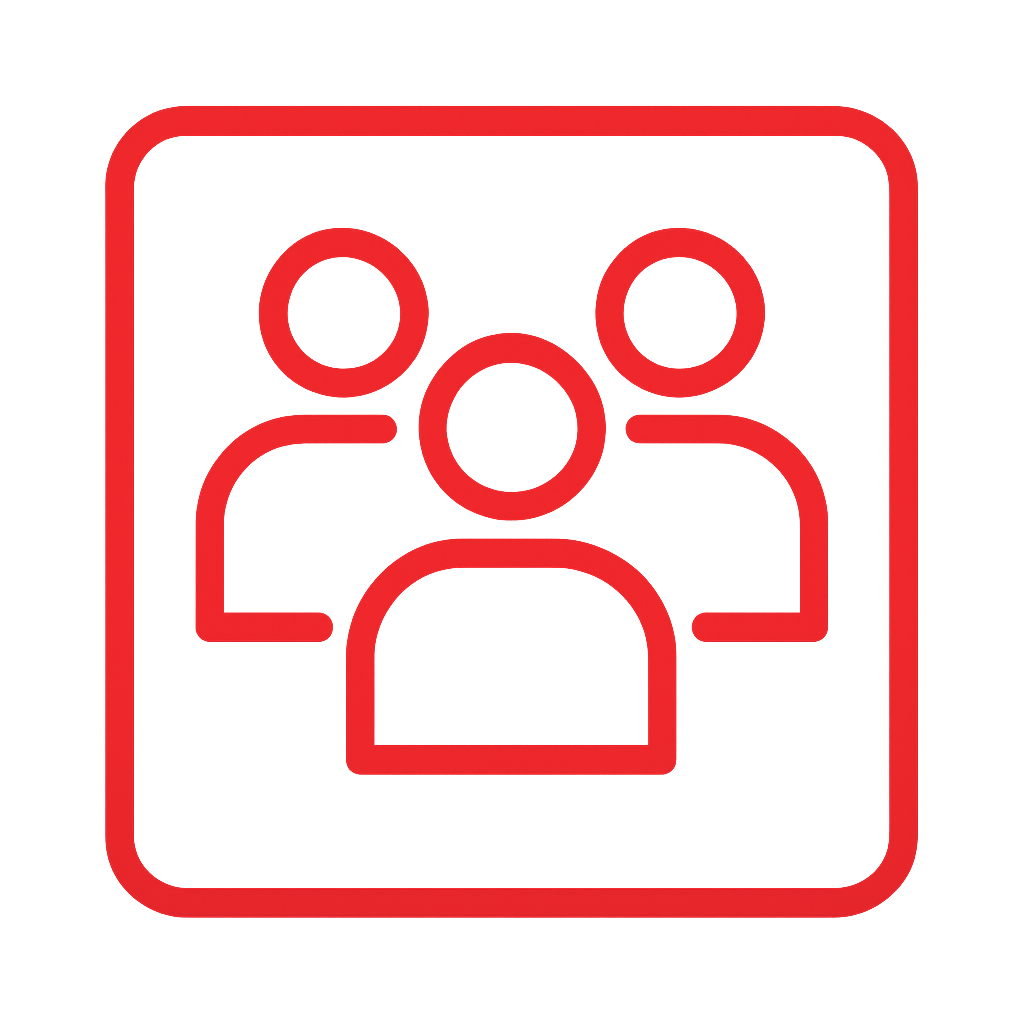


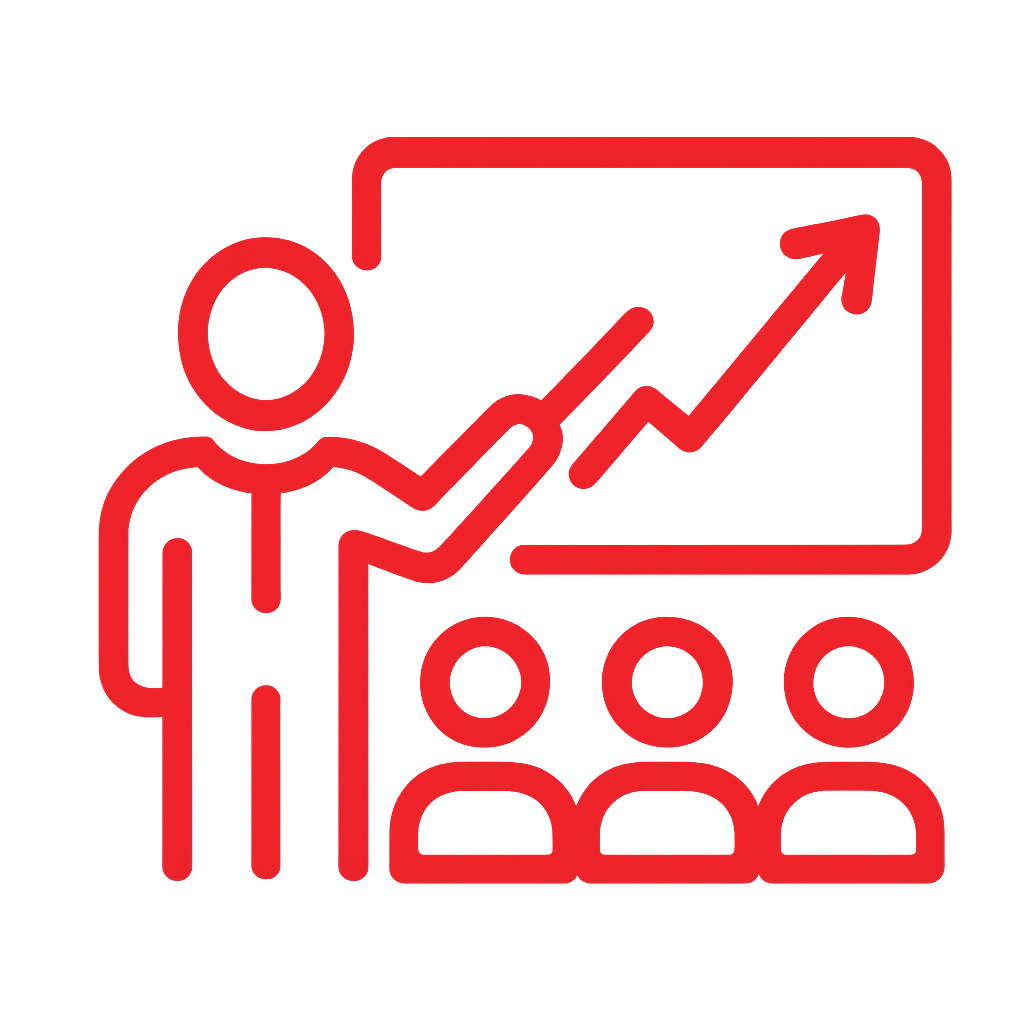
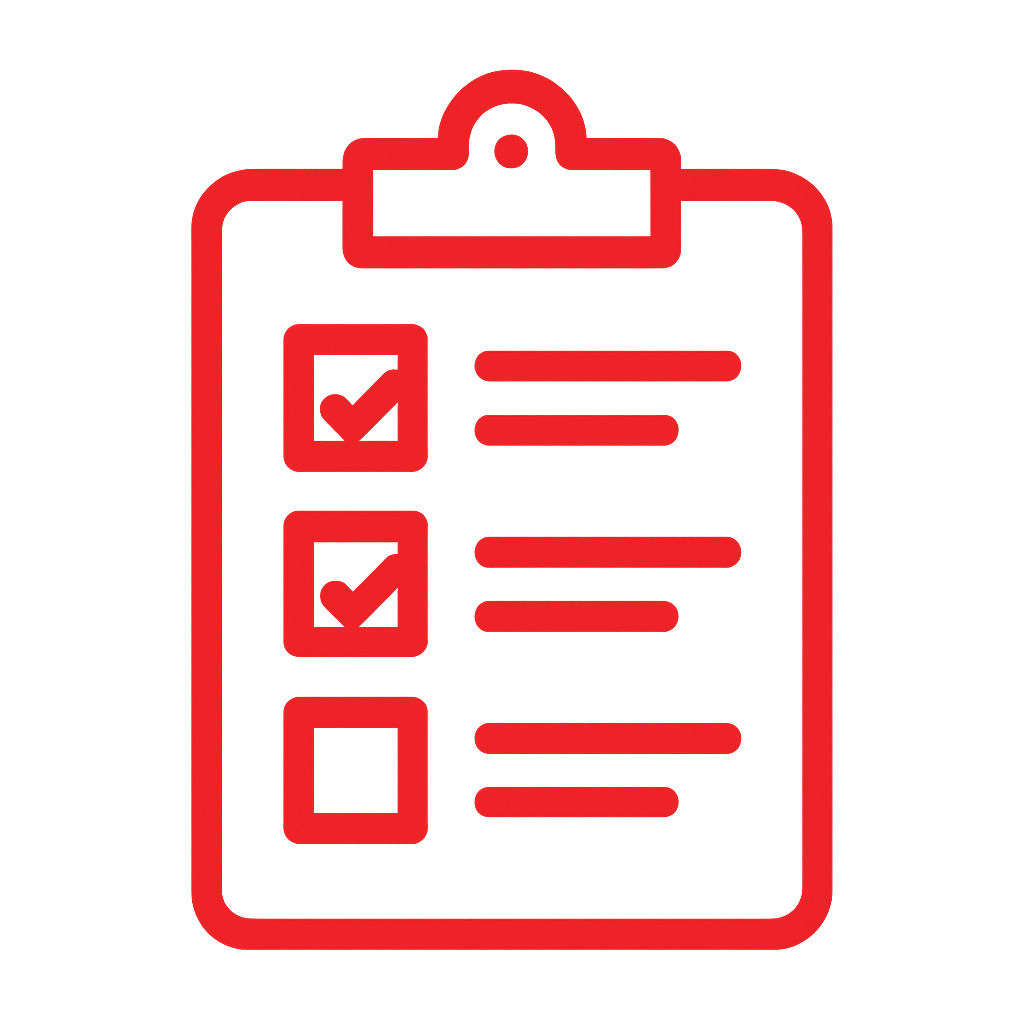
.png?width=352&name=V+C%20(4).png)

.png?width=352&name=V+C%20(2).png)